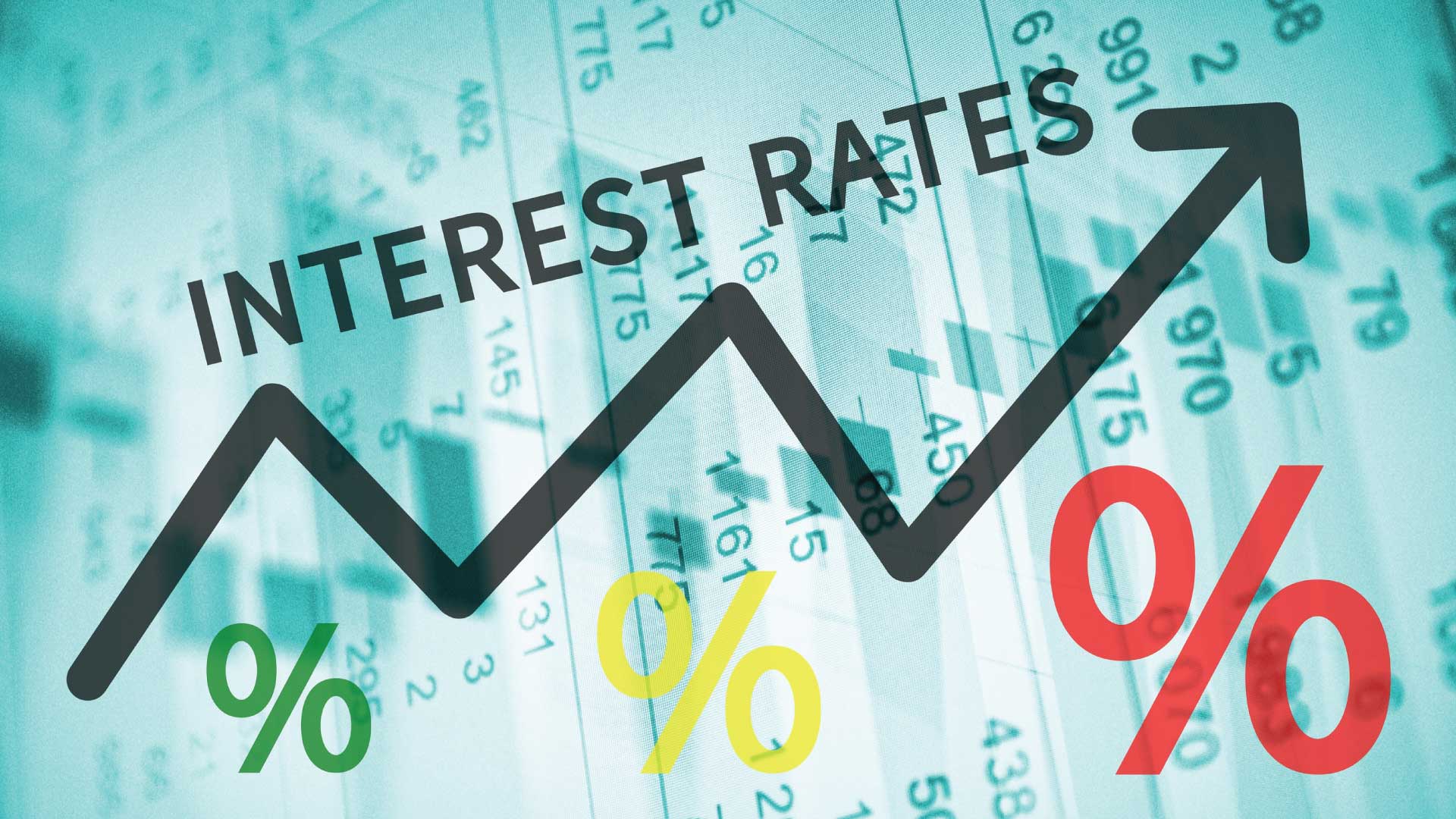Zafar Iqbal
State Bank of Pakistan (SBP) Cuts Policy Rate by 150 Basis Points, Equivalent to 1.5 Percentage Points, the First Reduction in Almost Four Years. In a significant move, the State Bank of Pakistan (SBP) announced a substantial cut in the policy rate by 150 basis points, marking the first reduction in nearly four years. This reduction brings the key rate down to 20.5%, a significant change from the previous rate of [previous rate]. The decision to reduce the key rate comes just two days ahead of the budget announcement and a week after data revealed a decrease in inflation to a 30-month low of 11.8% in May.
The Monetary Policy Committee (MPC) has cautiously forecasted a potential rise in inflation in July 2024 from the current levels, before gradually trending down during FY25. The committee’s statement acknowledged the notable decline in inflation since February, which was better than earlier expectations. It also highlighted that underlying inflationary pressures are diminishing amidst a tight monetary policy stance, supported by fiscal consolidation. The potential rise in inflation is primarily due to [specific factors], which the committee expects to be temporary and manageable.
However, the MPC also identified certain upside risks to the near-term inflation outlook linked to the upcoming budgetary measures and uncertainty regarding future energy price adjustments. These risks could potentially offset the benefits of the policy rate cut, leading to higher inflation. Despite these concerns, the committee expressed confidence that the cumulative impact of earlier monetary tightening would help keep inflationary pressures in check.
Various surveys conducted by financial and research organizations indicated differing expectations regarding the policy rate reduction. Notably, 43% of participants in a Topline Research survey expected the policy rate to decline by 100 basis points, while 48% of respondents in a poll conducted by CFA Society Pakistan anticipated a reduction of up to 100 basis points in the policy rate. Additionally, a Bloomberg survey showed that 63% of participants expected a 100 basis points decrease in the key rate. These surveys reflect the diverse views in the market and the uncertainty surrounding the policy rate cut.
The decision to reduce the policy rate by 150 basis points is particularly significant as it marks the beginning of monetary easing after four years. The last change in rates occurred in an emergency meeting in late June last year when 100 basis points raised rates to a record high of 22%.
Noted economist Khaqan Najeeb, in his analysis of the rate cut, has underscored the positive impact of the reduced interest rate and decreasing inflation on the country’s economy. He has also expressed optimism about the downward trajectory of core inflation, as well as consumer price index (CPI) headline inflation and food inflation, instilling confidence in the potential benefits of this policy change.
Najeeb also pointed out that Pakistan’s economy, currently experiencing a growth rate of around 2.2%, is predominantly driven by the agriculture sector. He underscored the importance of the decreasing trend in inflation and food prices, particularly in relation to wheat and rice crops, and anticipated continued easing of inflation in the near future. The policy rate cut may have a direct impact on the agriculture sector, as it could potentially lower the cost of borrowing for farmers, leading to increased agricultural production and potentially lower food prices.
The MPC’s statement further highlighted several crucial developments, including moderate real GDP growth at 2.4% in FY24. Real GDP growth is a measure of economic growth that takes into account inflation, providing a more accurate picture of the economy’s performance. A growth rate of 2.4% indicates [specific economic conditions]. This growth rate, combined with other factors such as a reduction in the current account deficit leading to improved foreign exchange reserves, and the government’s engagement with the IMF for an Extended Fund Facility program, is a key factor in the decision to reduce the policy rate.
In light of these developments, the MPC deemed it an appropriate time to reduce the policy rate, emphasizing the necessity of maintaining a significantly positive real interest rate to guide inflation toward the medium-term target of 5–7%.
Economic activity in Pakistan has slowed over the last two years as the country underwent challenging reforms under an International Monetary Fund (IMF) bailout to stabilize its economy. Finance Minister Muhammad Aurangzeb, addressing a business conference in China, expressed his expectation of declining rates in response to falling inflation.
The statement from the MPC emphasized the significant economic developments in Pakistan, with a particular focus on the moderate real GDP growth of 2.4% in FY24. Real GDP growth, as a key measure of economic expansion, takes into account the impact of inflation, providing a more accurate assessment of the economy’s overall performance. A growth rate of 2.4% signals a period of moderate economic expansion, which can be indicative of increased business activity, consumer spending, and investment within the country.
This growth rate is accompanied by other notable factors, including the reduction in the current account deficit, which has resulted in improved foreign exchange reserves. This improvement in foreign exchange reserves can bolster the country’s ability to meet its international payment obligations and can enhance overall economic stability.
Furthermore, the government’s proactive engagement with the IMF for an Extended Fund Facility program underscores a determination to implement necessary economic reforms and policies. This collaboration with the IMF can lead to increased access to financial resources and technical expertise, reinforcing investor confidence and potentially attracting foreign direct investment.
The collective impact of these developments serves as a crucial consideration in the decision to reduce the policy rate, as they contribute to an overall environment of economic stability, growth, and the potential for enhanced investor confidence in Pakistan.

















































